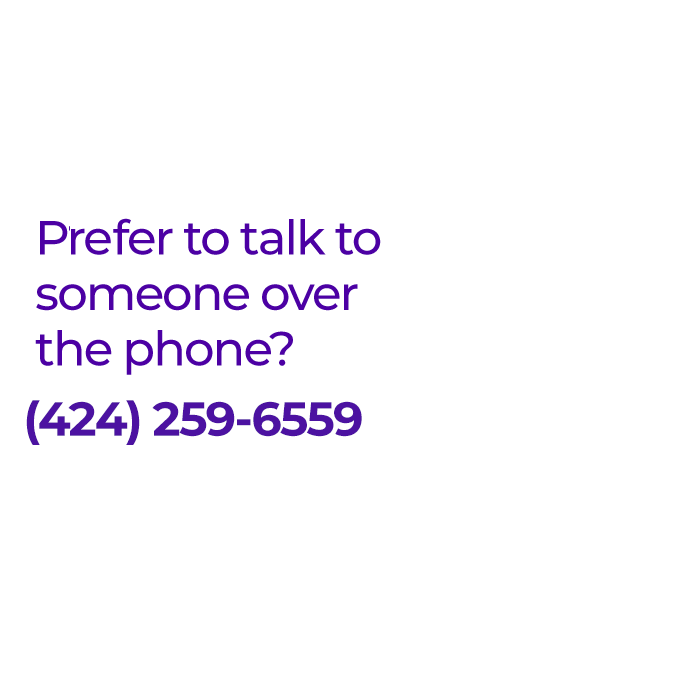As a Fellow of the American College of Surgeons, I receive electronic access to the Journal of the American College of Surgeons. I browse the Table of Contents but generally find that most of the articles are related to general surgery or subspecialties within that field (which used to be true for head and neck surgery). This month’s journal had an article that caught my eye.
National rules require that patients have an in-person history and physical examination performed within 30 days of surgery. The study that intrigued me was from the University of Pennsylvania, examining the burden on patients of this requirement in 2019. They found that there were changes in medical history fairly often (61%) but much less often in physical exams (12%) and surgical plans (12%). Almost all (99%) of visits were considered suitable for telemedicine. For their health system, they estimated that patients spent a total of 7,000 hours and drove over 140,000 miles to attend these visits.
What Do I Do?
I do not think it best for patient care for a surgeon like me should be assessing a patient’s specific medical condition before surgery, although of course I evaluate their overall health when discussing possible treatment. Instead of being the provider to “sign off” on a patient’s suitability for surgery, I almost always have a patient’s primary care provider perform this assessment, ordering the core tests required for medical clearance but also deferring the primary interpretation of results and any additional testing to their judgment. A patient’s own primary care provider is just better able to do this properly.
I discuss the planned surgery with the patient before surgery and again on the day of surgery, always making myself available for additional visits as patients request these. These are generally performed as telemedicine visits because they are so similar to in-person visits (minus driving/parking and waiting time). Because I see many patients who travel from a distance, I find that almost all patient are so happy to avoid the hassle and time involved for an in-person visit, as we have had in-person visits with examination previously. We are always available for timely in-person visits, but we can use technology to ease the burden of obtaining the medical care a patient needs.
We use telehealth at every step of the care pathway, including for initial visits and many visits after surgery where in-person visits may not be needed. Please contact me if you would like to schedule a video consultation about your snoring or sleep apnea.




4 + = 14